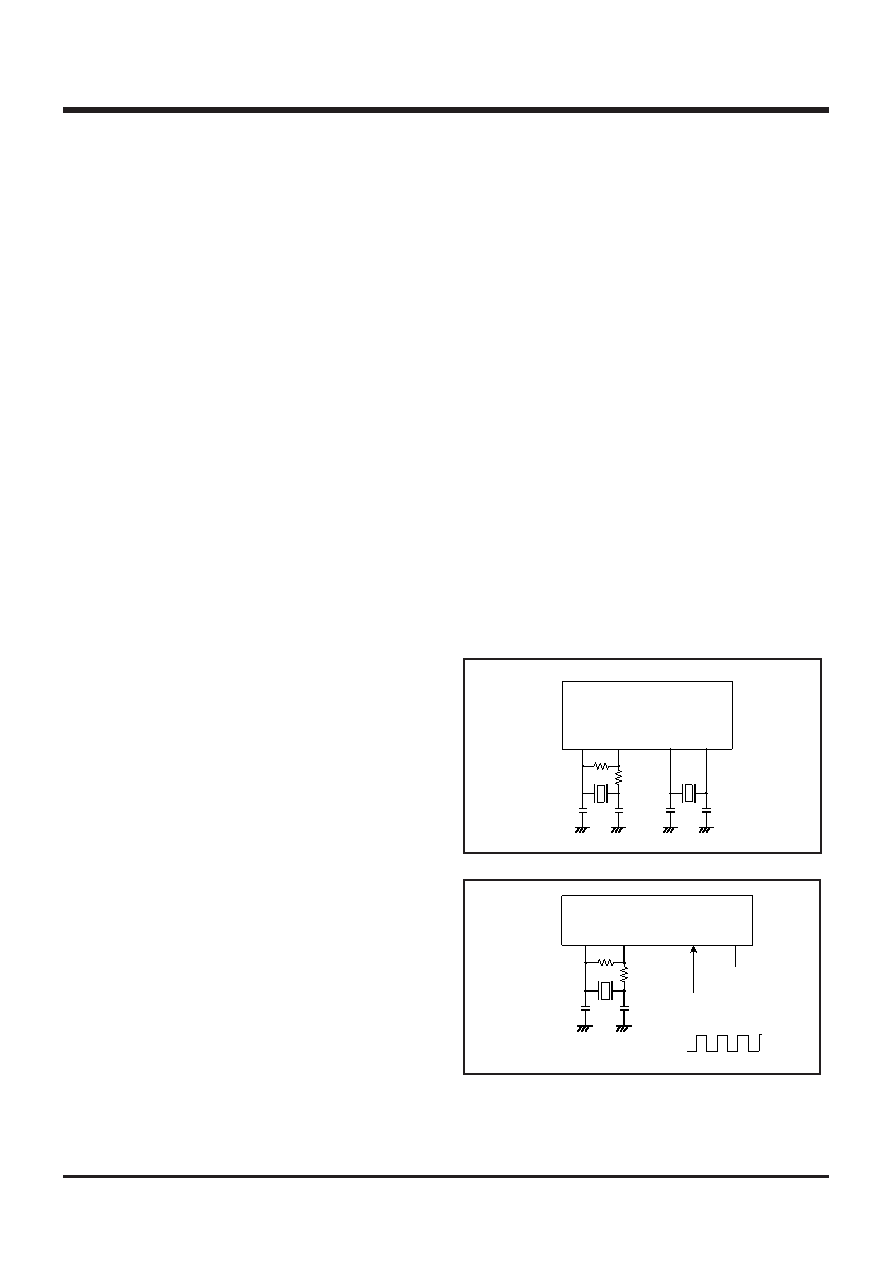- 您现在的位置:买卖IC网 > PDF目录80392 > M38749EFFS 8-BIT, UVPROM, 6.4 MHz, MICROCONTROLLER, CQCC80 PDF资料下载
参数资料
| 型号: | M38749EFFS |
| 元件分类: | 微控制器/微处理器 |
| 英文描述: | 8-BIT, UVPROM, 6.4 MHz, MICROCONTROLLER, CQCC80 |
| 封装: | CERAMIC, LCC-80 |
| 文件页数: | 339/358页 |
| 文件大小: | 4216K |
| 代理商: | M38749EFFS |
第1页第2页第3页第4页第5页第6页第7页第8页第9页第10页第11页第12页第13页第14页第15页第16页第17页第18页第19页第20页第21页第22页第23页第24页第25页第26页第27页第28页第29页第30页第31页第32页第33页第34页第35页第36页第37页第38页第39页第40页第41页第42页第43页第44页第45页第46页第47页第48页第49页第50页第51页第52页第53页第54页第55页第56页第57页第58页第59页第60页第61页第62页第63页第64页第65页第66页第67页第68页第69页第70页第71页第72页第73页第74页第75页第76页第77页第78页第79页第80页第81页第82页第83页第84页第85页第86页第87页第88页第89页第90页第91页第92页第93页第94页第95页第96页第97页第98页第99页第100页第101页第102页第103页第104页第105页第106页第107页第108页第109页第110页第111页第112页第113页第114页第115页第116页第117页第118页第119页第120页第121页第122页第123页第124页第125页第126页第127页第128页第129页第130页第131页第132页第133页第134页第135页第136页第137页第138页第139页第140页第141页第142页第143页第144页第145页第146页第147页第148页第149页第150页第151页第152页第153页第154页第155页第156页第157页第158页第159页第160页第161页第162页第163页第164页第165页第166页第167页第168页第169页第170页第171页第172页第173页第174页第175页第176页第177页第178页第179页第180页第181页第182页第183页第184页第185页第186页第187页第188页第189页第190页第191页第192页第193页第194页第195页第196页第197页第198页第199页第200页第201页第202页第203页第204页第205页第206页第207页第208页第209页第210页第211页第212页第213页第214页第215页第216页第217页第218页第219页第220页第221页第222页第223页第224页第225页第226页第227页第228页第229页第230页第231页第232页第233页第234页第235页第236页第237页第238页第239页第240页第241页第242页第243页第244页第245页第246页第247页第248页第249页第250页第251页第252页第253页第254页第255页第256页第257页第258页第259页第260页第261页第262页第263页第264页第265页第266页第267页第268页第269页第270页第271页第272页第273页第274页第275页第276页第277页第278页第279页第280页第281页第282页第283页第284页第285页第286页第287页第288页第289页第290页第291页第292页第293页第294页第295页第296页第297页第298页第299页第300页第301页第302页第303页第304页第305页第306页第307页第308页第309页第310页第311页第312页第313页第314页第315页第316页第317页第318页第319页第320页第321页第322页第323页第324页第325页第326页第327页第328页第329页第330页第331页第332页第333页第334页第335页第336页第337页第338页当前第339页第340页第341页第342页第343页第344页第345页第346页第347页第348页第349页第350页第351页第352页第353页第354页第355页第356页第357页第358页

1-66
3874 Group User’s Manual
HARDWARE
FUNCTIONAL DESCRIPTION
Fig. 70 Ceramic resonator circuit
Fig. 71 External clock input circuit
XCIN
XCOUT
XIN
XOUT
Open
External oscillation
circuit
VCC
VSS
CCIN
CCOUT
Rf
Rd
CLOCK GENERATING CIRCUIT
The 3874 group has two built-in oscillation circuits. An oscillation
circuit can be formed by connecting a resonator between XIN and
XOUT (XCIN and XCOUT). Use the circuit constants in accordance
with the resonator manufacturer’s recommended values. No exter-
nal resistor is needed between XIN and XOUT since a feed-back
resistor exists on-chip. However, an external feed-back resistor is
needed between XCIN and XCOUT.
Immediately after power on, only the XIN oscillation circuit starts
oscillating, and XCIN and XCOUT pins function as I/O ports.
Frequency Control
(1) Middle-speed mode
The internal clock
φ is the frequency of XIN divided by 8. After re-
set, this mode is selected.
(2) Double-speed mode
The internal clock
φ is the frequency of XIN.
(3) High-speed mode
The internal clock
φ is half the frequency of XIN.
(4) Low-speed mode
The internal clock
φ is half the frequency of XCIN.
s Note
When switching the mode between double/middle/high-speed and
low-speed, stabilize both XIN and XCIN oscillations. Sufficient time
is required for the sub clock to stabilize, especially immediately af-
ter power on and at returning from stop mode. When switching the
mode between double/middle/high-speed and low-speed, set the
frequency on condition that f(XIN) > 3f(XCIN).
It takes the cycle number mentioned below to switch between
each mode (machine cycle = cycle of internal clock
φ).
Double-speed mode
→Except double-speed mode
1 to 8 machine cycles
High-speed mode
→Except high-speed mode
1 to 4 machine cycles
Middle-speed mode
→Except middle-speed mode
1 machine cycle
Low-speed mode
→Except low-speed mode
1 to 4 machine cycles
The 3874 group operates in the previous mode while the mode is
switched.
(5) Low power dissipation mode
The low power consumption operation can be realized by stopping
the main clock XIN in low-speed mode. To stop the main clock, set
bit 5 of the CPU mode register to “1”. When the main clock XIN is
restarted (by setting the main clock stop bit to “0”), set sufficient
time for oscillation to stabilize.
By clearing furthermore the XCOUT drivability selection bit (b3) of
the CPU mode register to “0”, low power consumption operation
can be realized by reducing the drivability between XCIN and
XCOUT. At reset or during STP instruction execution this bit is set
to “1” and a reduced drivability that has an easy oscillation start is
set. The sub-clock XCIN-XCOUT oscillating circuit can no directly in-
put clocks that are generated externally. Accordingly, make sure to
cause an external resonator to oscillate.
Oscillation Control
(1) Stop mode
When the STP instruction is executed, the internal clock
φ stops at
an “H” level, and XIN and XCIN oscillators stop. The value set to the
timer 1 latch and the timer 2 latch is set to timer 1 and timer 2. Ei-
ther XIN or XCIN divided by 16 is input to timer 1 as count source,
and the output of timer 1 is connected to timer 2. The bits of the
timer 123 mode register except the timer 3 count source selection
bit (b4) are cleared to “0”. Set the interrupt enable bits of timer 1
and timer 2 to the disabled state (“0”) before executing the STP in-
struction.
Oscillator restarts at reset or when an external interrupt is re-
ceived, but the internal clock
φ is not supplied to the CPU until
timer 2 underflows. This allows time for the clock circuit oscillation
to stabilize. Timer 1 latch and timer 2 latch should be set to proper
values for stabilizing oscillation before executing the STP instruc-
tion.
(2) Wait mode
If the WIT instruction is executed, the internal clock
φ stops at an
“H” level. The states of XIN and XCIN are the same as the state be-
fore executing the WIT instruction. The internal clock
φ restarts at
reset or when an interrupt is received. Since the oscillator does
not stop, normal operation can be started immediately after the
clock is restarted.
XCIN
XCOUT
XIN
XOUT
CIN
COUT
CCIN
CCOUT
Rf
Rd
相关PDF资料 |
PDF描述 |
|---|---|
| MC68HC705JP7CS | 8-BIT, UVPROM, 2.1 MHz, MICROCONTROLLER, CDIP28 |
| MB90574PFF | 16-BIT, MROM, 16 MHz, MICROCONTROLLER, PQFP120 |
| M8833F2W-15T1T | 128K X 8 FLASH, 27 I/O, PIA-GENERAL PURPOSE, PQFP52 |
| M8834F1Y-15K6T | 256K X 8 FLASH, 27 I/O, PIA-GENERAL PURPOSE, PQCC52 |
| M8834F1Y-90K6T | 256K X 8 FLASH, 27 I/O, PIA-GENERAL PURPOSE, PQCC52 |
相关代理商/技术参数 |
参数描述 |
|---|---|
| M38749EFF-XXXFS | 制造商:MITSUBISHI 制造商全称:Mitsubishi Electric Semiconductor 功能描述:SINGLE-CHIP 8-BIT CMOS MICROCOMPUTER |
| M38749EFF-XXXGP | 制造商:MITSUBISHI 制造商全称:Mitsubishi Electric Semiconductor 功能描述:SINGLE-CHIP 8-BIT CMOS MICROCOMPUTER |
| M38749EFT-XXXFS | 制造商:MITSUBISHI 制造商全称:Mitsubishi Electric Semiconductor 功能描述:SINGLE-CHIP 8-BIT CMOS MICROCOMPUTER |
| M38749EFT-XXXGP | 制造商:MITSUBISHI 制造商全称:Mitsubishi Electric Semiconductor 功能描述:SINGLE-CHIP 8-BIT CMOS MICROCOMPUTER |
| M38749M4D-XXXFS | 制造商:MITSUBISHI 制造商全称:Mitsubishi Electric Semiconductor 功能描述:SINGLE-CHIP 8-BIT CMOS MICROCOMPUTER |
发布紧急采购,3分钟左右您将得到回复。